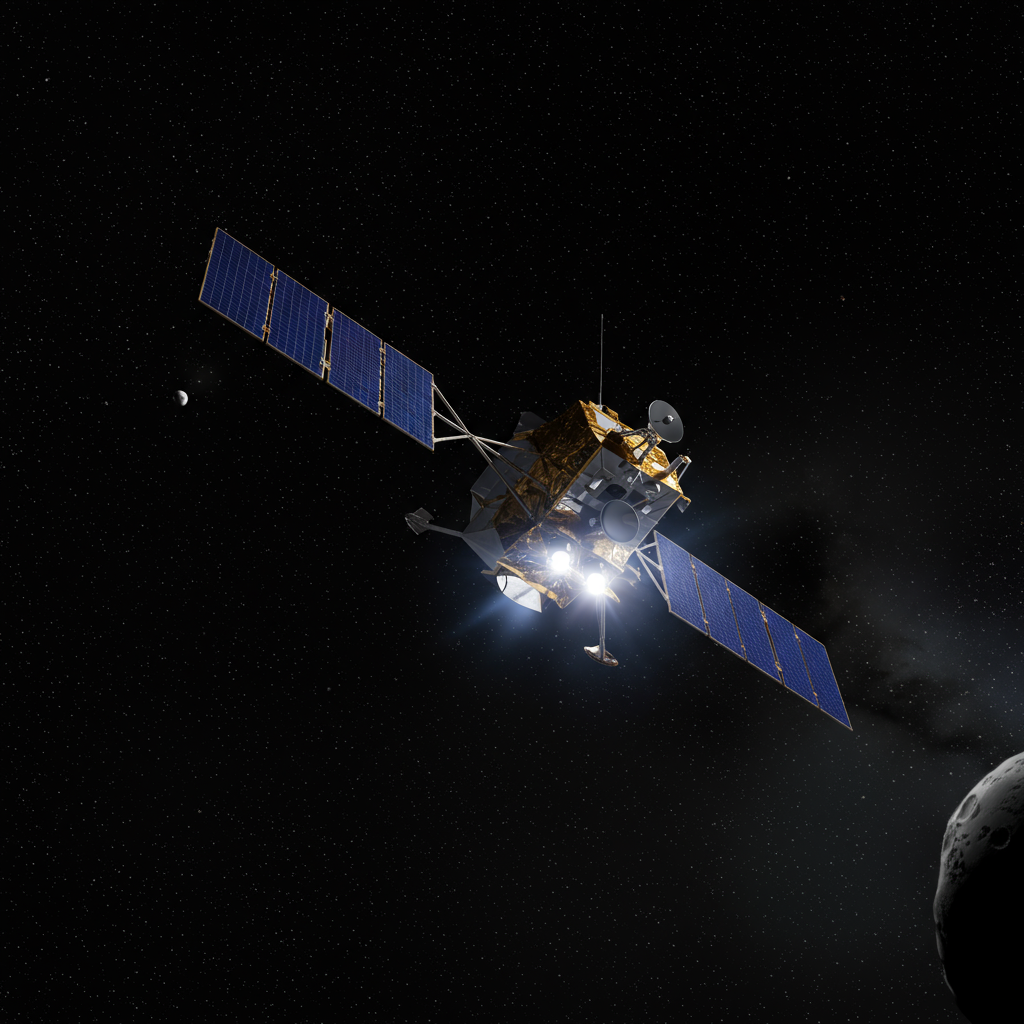Powerful X1.2 Solar Flare Erupts, Sparks Pacific Radio Blackout
A colossal solar flare erupted from a large sunspot region currently facing Earth on June 17, triggering significant radio blackouts across the Pacific Ocean. Peaking at 5:54 p.m. EDT (2154 GMT), the event was classified as an X1.2-class flare – the most powerful category of solar eruptions.
This was the strongest blast yet from sunspot region 4114 (AR4114), a highly active area that has already produced multiple less intense, M-class flares in recent days. Its continuous activity has earned it the moniker “prolific flare factory” among space weather observers.
Why This Flare Caused Radio Disruptions
Unlike some powerful solar events that expel massive clouds of plasma and magnetic field (known as Coronal Mass Ejections, or CMEs) into space, this X1.2 flare was primarily an intense burst of electromagnetic radiation. Traveling at the speed of light, this radiation reached Earth minutes after the eruption.
When this powerful energy pulse hit our planet’s atmosphere, it significantly ionized the upper layer, known as the thermosphere. This increased ionization creates a denser, more charged environment that can absorb or degrade high-frequency radio signals used for long-distance communication.
The result was a shortwave radio blackout centered over the Pacific Ocean, with the strongest impacts felt over Hawaii. Reports from NOAA’s Space Weather Prediction Center and spaceweather.com indicate that ham radio operators and aviators likely experienced signal loss at frequencies below 25 MHz shortly after the flare peaked. This is a common effect of strong solar flares directly impacting Earth’s sunlit side. Similar X-class flares in recent years, such as those in January 2023 and May 2024, have also caused widespread radio blackouts in different regions depending on which part of Earth was facing the sun at the time of the eruption.
Understanding the Power of an X-Class Flare
Solar flares are categorized by letters based on their peak intensity: A, B, C, M, and X. Each letter represents a tenfold increase in energy output, with X-class flares being the strongest. Within each class, a number provides further gradation (e.g., X1.2, X2.5, X6.4).
An X1.2 flare, while on the lower end of the X-scale (an X1 is 10 times stronger than an M1, and 100 times stronger than a C1), is still powerful enough to cause significant disruptions like the radio blackouts observed. The occurrence of X-class flares is a clear sign of the sun’s increasing activity as it approaches the peak of its approximately 11-year cycle, known as solar maximum, currently predicted for 2025. This period is characterized by more numerous and powerful sunspots and eruptions.
Sunspot AR4114: A Region Under Close Watch
The source of this eruption, sunspot region AR4114, remains Earth-facing and exhibits signs of magnetic instability. This makes it a prime candidate for producing more high-level flares in the coming hours or days.
Forecasters are particularly interested to see if any potential future eruptions from this region will be accompanied by a CME. While the June 17th X1.2 flare did not launch a significant CME towards Earth, other strong flares and sunspots in recent times have produced CMEs, some of which were directed towards our planet.
What Future Activity Could Mean
If AR4114 does produce another powerful flare that launches a CME aimed at Earth, it could trigger a geomagnetic storm. Geomagnetic storms can impact technology like satellites, power grids, and navigation systems. On the positive side, they can also lead to stunning displays of auroras (Northern and Southern Lights) visible at lower latitudes than usual, depending on the storm’s strength.
Space weather forecasters are actively monitoring sunspot region AR4114 and the sun’s overall activity to provide alerts and forecasts for potential impacts on Earth and space-based assets. Staying informed about space weather is crucial during this active phase of the solar cycle.




